Expanded urban system
Bac Giang has a natural area of over 89.5 thousand hectares, a population of about 2 million people, a population density of 463 people/km², 1.5 times higher than the average population density of the whole country. Currently, the whole province has 17 urban areas of all types, of which 16 urban areas have decisions to recognize urban types, including 1 urban area of type II (Bac Giang city); 5 urban areas of type IV (Viet Yen town; Chu town; Hiep Hoa district; Doi Ngo town, Luc Nam district; Voi town, Lang Giang district) and 10 towns are urban areas of type V. Only An Chau town, Son Dong district has not yet had a classification decision.
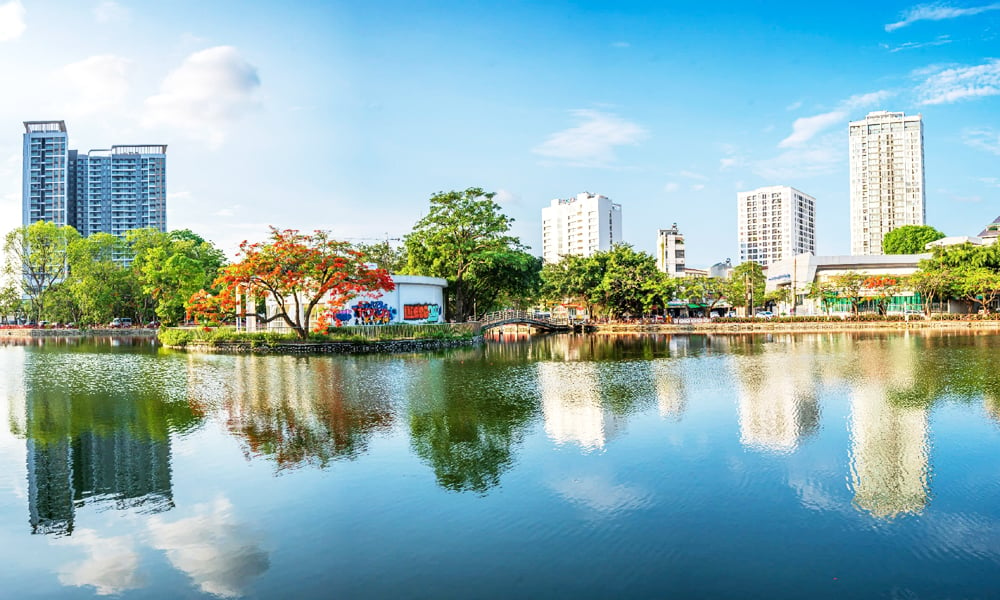 |
Many high-rise apartment buildings are being built in Bac Giang city. Photo: Hoang Tuan. |
Due to the specific natural conditions and terrain, the province's urban network is mainly concentrated in Bac Giang city, Viet Yen town, Hiep Hoa and Lang Giang districts. Compared with the standards of urban administrative units (in Resolution No. 1211/2016/UBTVQH13 of the National Assembly Standing Committee), the urban areas of the province have relatively small areas, only Bac Giang city ensures the standards on area scale to upgrade to a type I urban area (after merging with Yen Dung district).
| Currently, the province has 17 urban areas of all types, of which 16 have been recognized as urban areas, including 1 type II urban area (Bac Giang city); 5 type IV urban areas (Viet Yen town; Chu town; Hiep Hoa district; Doi Ngo town, Luc Nam district; Voi town, Lang Giang district) and 10 towns are type V urban areas. Only An Chau town, Son Dong district has not yet had a classification decision. |
Faced with this situation, in recent times, local Party committees and authorities have focused on leadership, direction, and proposed many policies, mechanisms, and solutions to promote urban development. Thanks to that, awareness and responsibility of all levels, sectors, cadres, party members, and people regarding urban development have been raised. Urban space has been expanded, population has increased, and people's lives have gradually improved. The urban system has developed in a synchronous direction. Architecture and landscape have been significantly improved and are increasingly modern and in harmony with nature.
The coverage rate of the general urban planning reached 100%; the coverage rate of the detailed construction planning of Bac Giang city and Viet Yen town reached about 85%, the remaining urban areas reached about 43%. Over the past three years, the province has attracted 151 urban and residential area projects with a total land area of about 2.2 thousand hectares, total investment capital of about 33 thousand billion VND. Thereby contributing significantly to the socio -economic development of the locality, increasing the urban population ratio from 21.7% (in 2021) to 57.13% (in 2024), exceeding the set target by 24.73%.
New urban development orientation
Bac Giang currently has 37 universities, colleges, intermediate schools, centers and vocational training facilities; 16 industrial parks, 55 industrial clusters. The goal by 2030 is that the whole province will have a total of 29 industrial parks, 63 industrial clusters and many other commercial center, hospital and social housing projects. Bac Giang has attracted and will attract hundreds of thousands of workers and students to work, study and live. The province is also planned to become the economic and political center of the Northeast region, the gateway to Hanoi. Therefore, the demand for housing development (urban areas, residential areas), schools, healthcare systems, trade and services is very large.
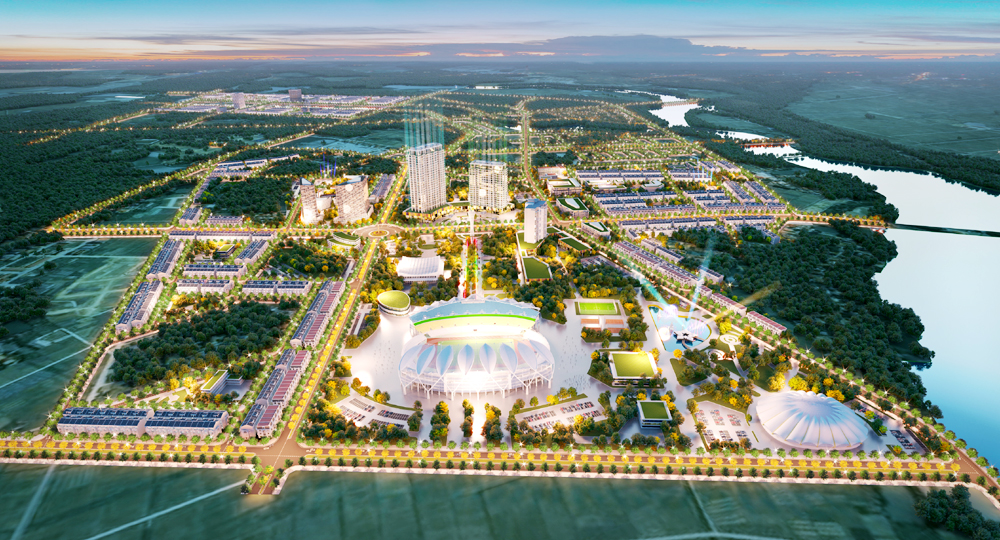 |
Perspective of Van Ha Ecological Urban Area (Viet Yen town). |
According to the Department of Construction, in addition to the achieved results, the province's urban development planning still has shortcomings and limitations such as: The urban population growth rate is still low compared to the national average. Bac Giang City is a provincial urban area with the role of administrative, political, economic and cultural center of the province, but the population size only meets the criteria of a type II urban area, not meeting the criteria of a type I urban area (from 500 thousand people or more). Urban development in the area is still scattered, some residential areas have small-scale investment. The technical infrastructure system is not yet synchronous, especially the centralized wastewater treatment system.
Overcoming the above limitations, through review, it is shown that Viet Yen town is making a breakthrough in planning and developing urban infrastructure. At a recent working session with the provincial delegation, comrade Nguyen Dai Luong, Chairman of Viet Yen town People's Committee proposed that the province allow the town to plan and build compact urban areas in the area and received attention from provincial leaders.
Compact urban areas are a fairly new concept in Vietnam, but many countries in the world such as Korea, Singapore, etc. have been implementing them for many years. This urban area is understood as a place with high settlement density, small area, so it mainly develops in height and space above, has clear boundaries with surrounding areas and full services.
According to architect Vuong Phan Lien Trang, Deputy General Director of EnCity Urban Solutions, compact urban areas have many advantages such as: Saving resources and energy; less car use, focusing on public transport, encouraging walking and cycling; high density, high infrastructure utilization coefficient, multi-functional land use, many service options, can have cheaper services thanks to concentration and efficiency; flexible architecture, diverse spaces, well-planned high-rise buildings.
With the advantages of compact urban areas and based on the actual situation, on April 9, the Provincial People's Committee issued a document directing the implementation of a new orientation on urban development in the province. Accordingly, the province develops a number of compact urban areas, urban areas with synchronous infrastructure associated with trade and service development; prioritizes the development of urban areas in the direction of ecology, intelligence, modernity, creating momentum to promote the development of logistics services, science and technology, innovation, digital transformation, trade economy, night economy, etc.
Mr. Nguyen Thanh Tung, Director of the Department of Construction, said that, implementing the direction of the province, the Department is reviewing and evaluating specific contents of consultation and implementation proposals, ensuring compliance with legal regulations and in accordance with the new orientation on urban development. Agencies, units and localities actively propagate, publicly and transparently inform the province's policies so that investors, businesses and people understand, share and agree with the province's new policies and orientations on urban development.
With the right direction, the focused implementation of relevant departments and branches, and the consensus of the people, it is expected that after the merger of the two provinces of Bac Giang and Bac Ninh, many compact urban areas, modern and civilized urban areas will be formed in the area. Thereby, contributing to promoting the socio-economic development of the province and neighboring areas to develop more synchronously and sustainably.
Source: https://baobacgiang.vn/do-thi-nen-huong-phat-trien-moi-postid416964.bbg



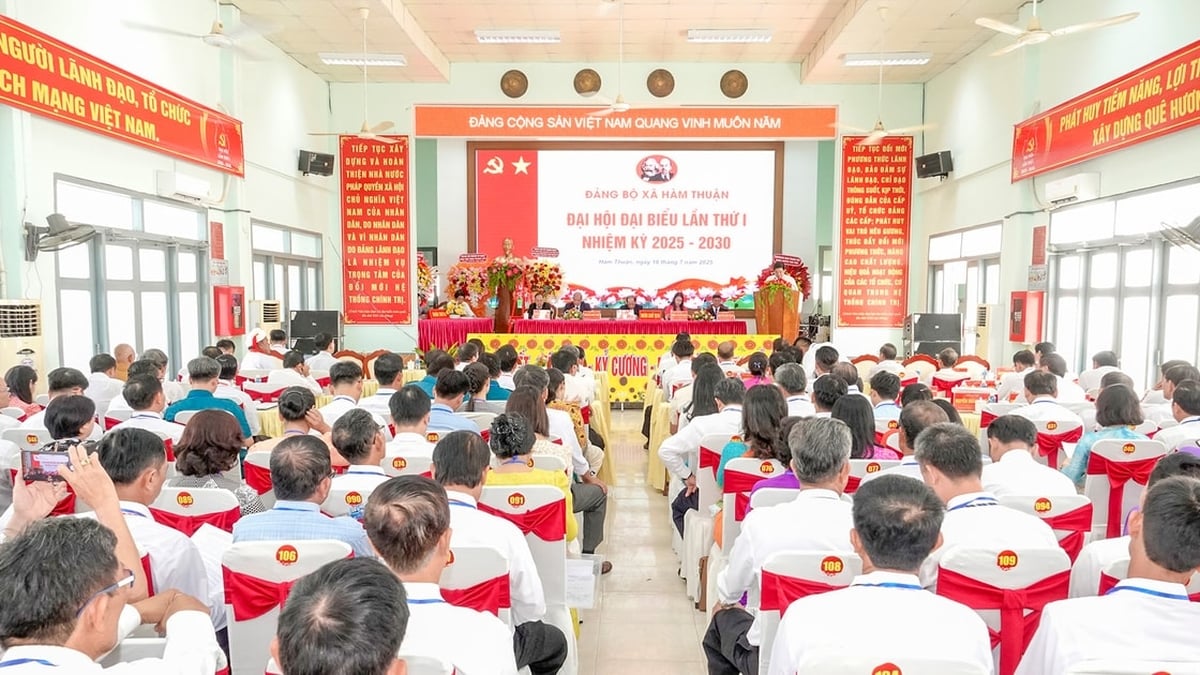
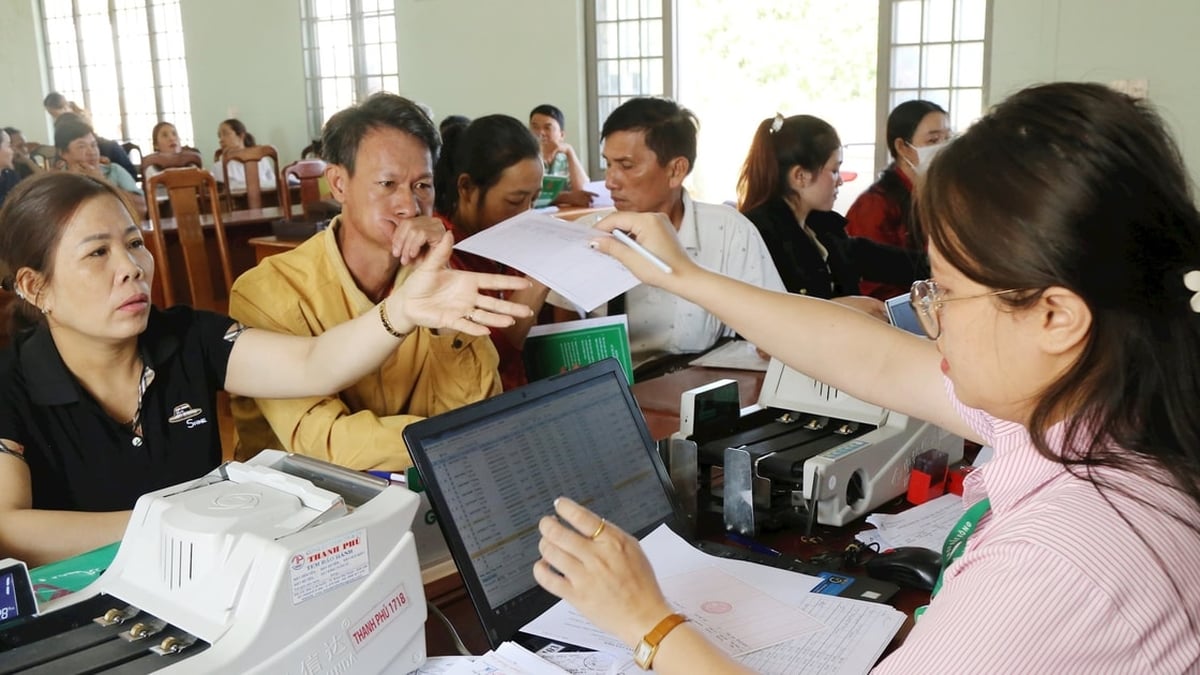

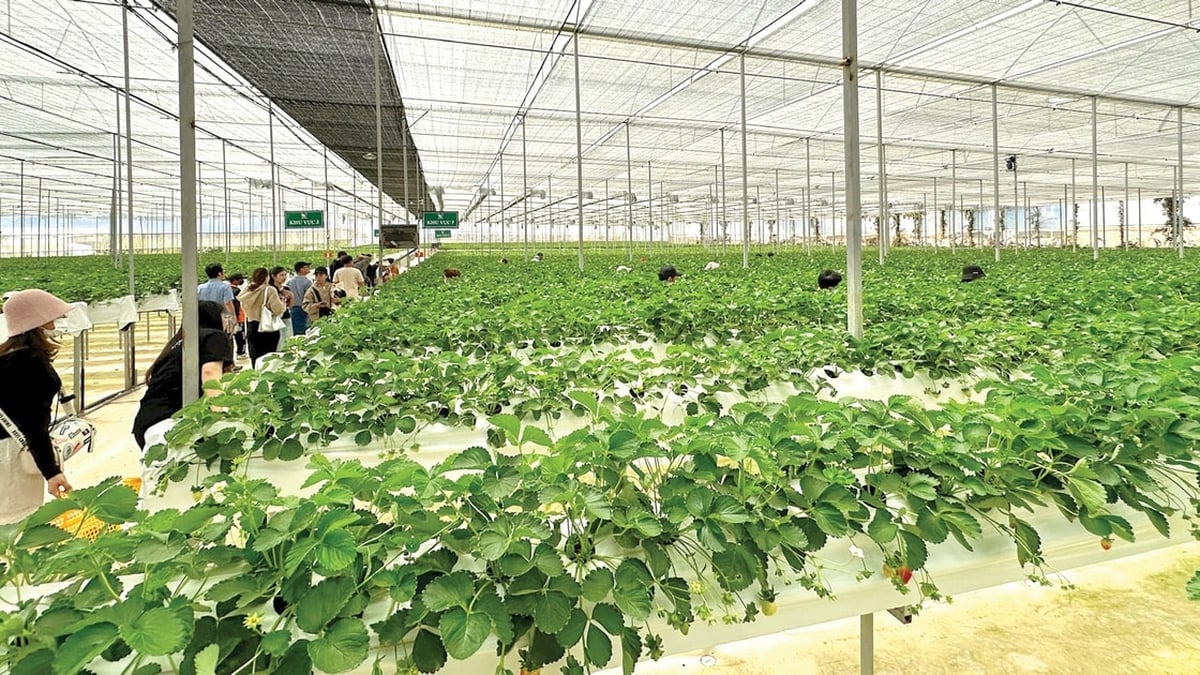
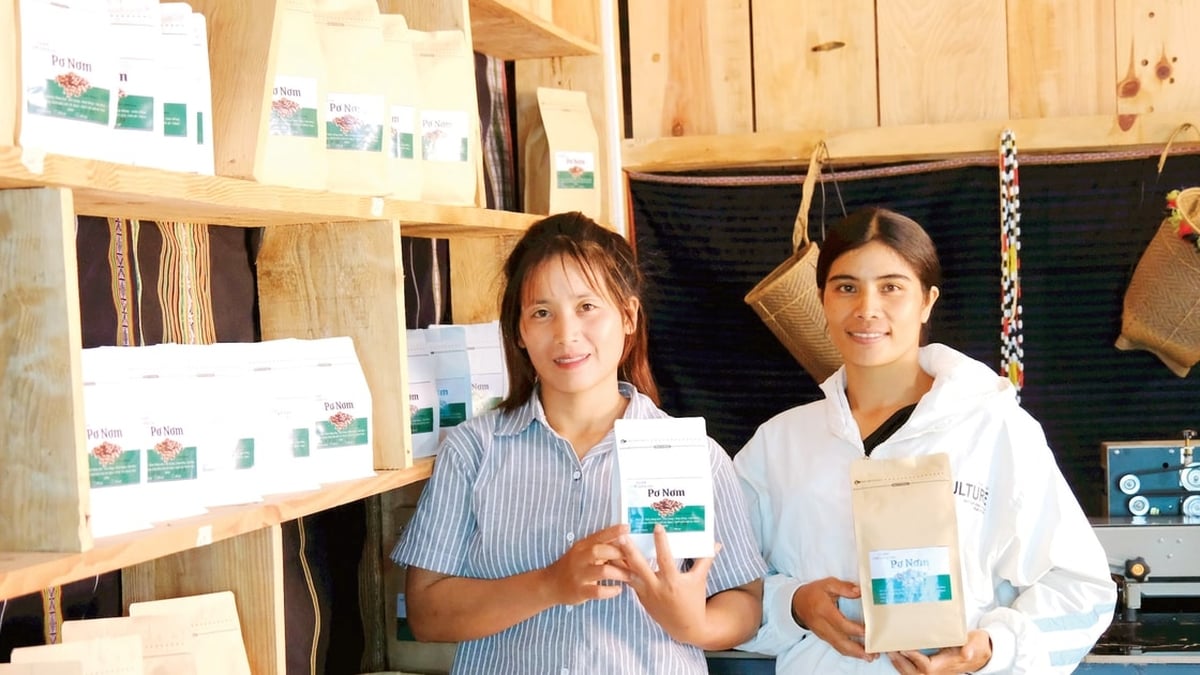
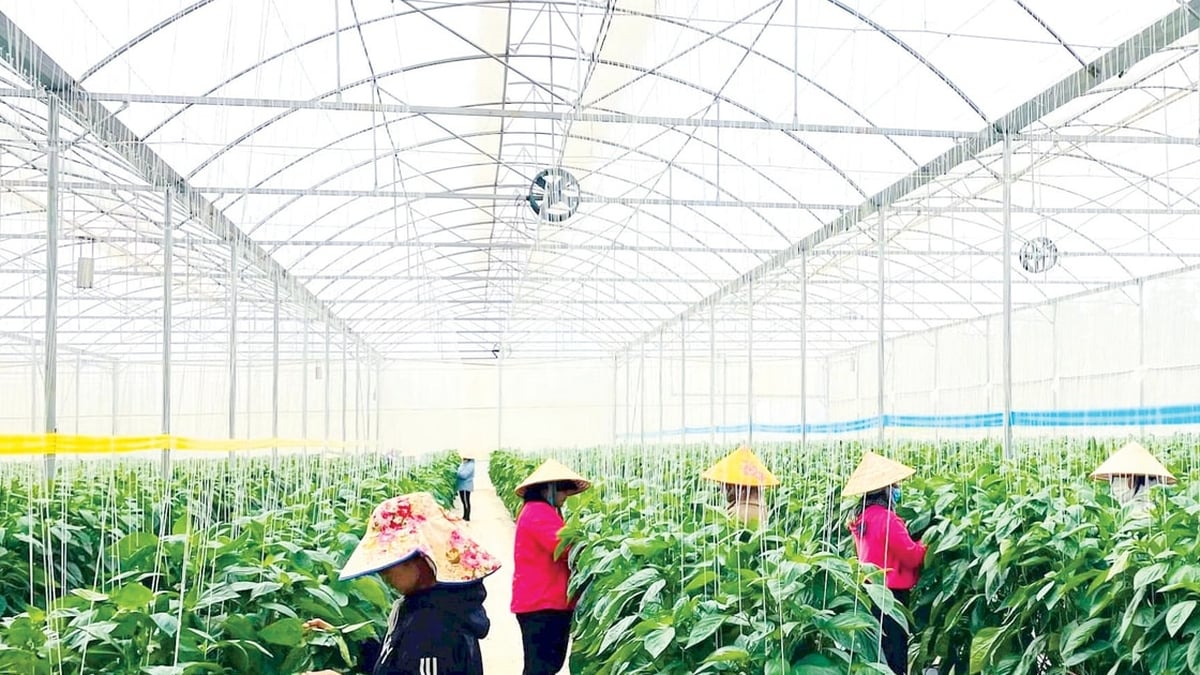
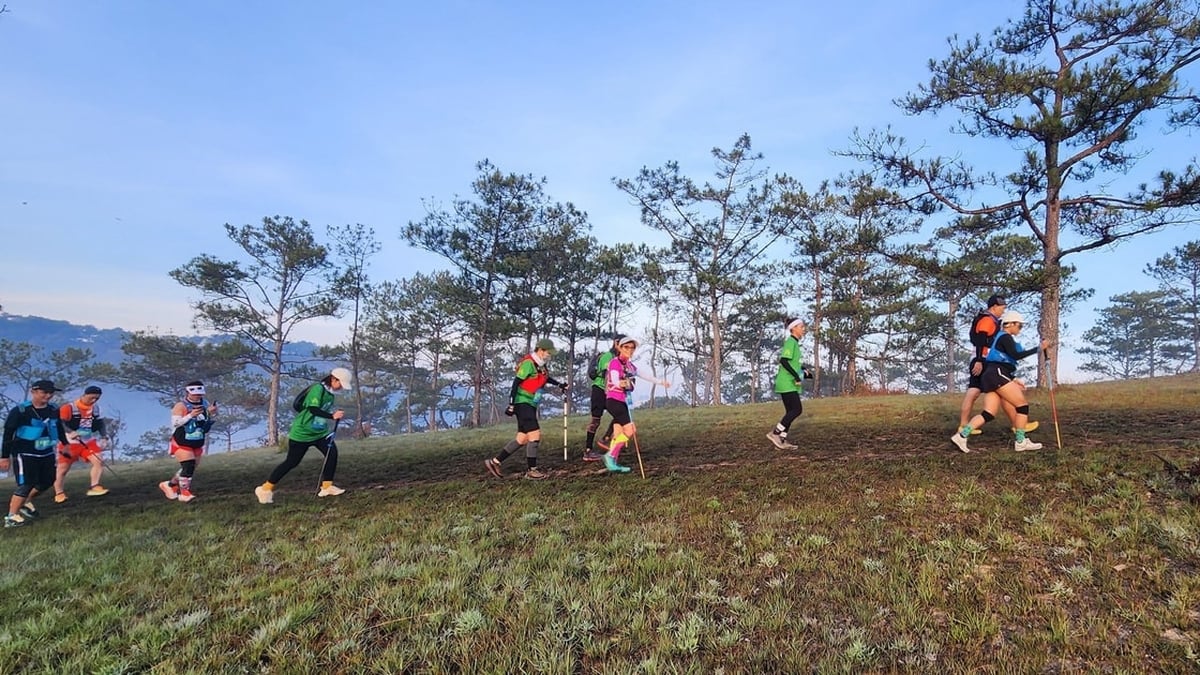
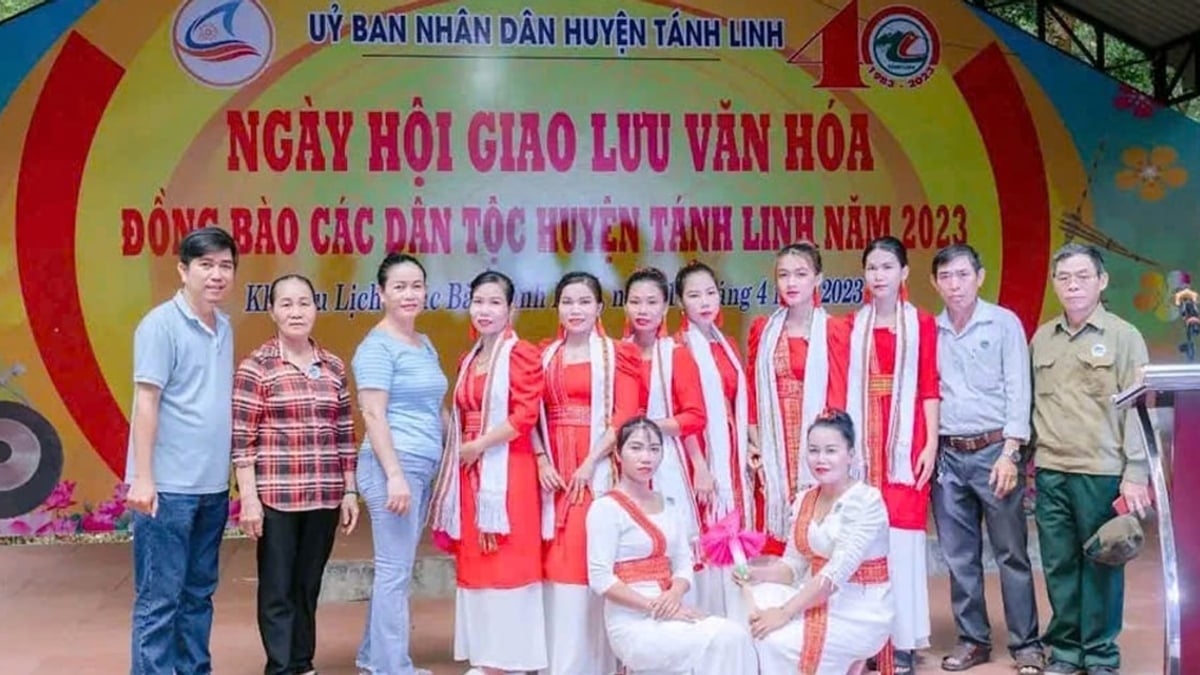
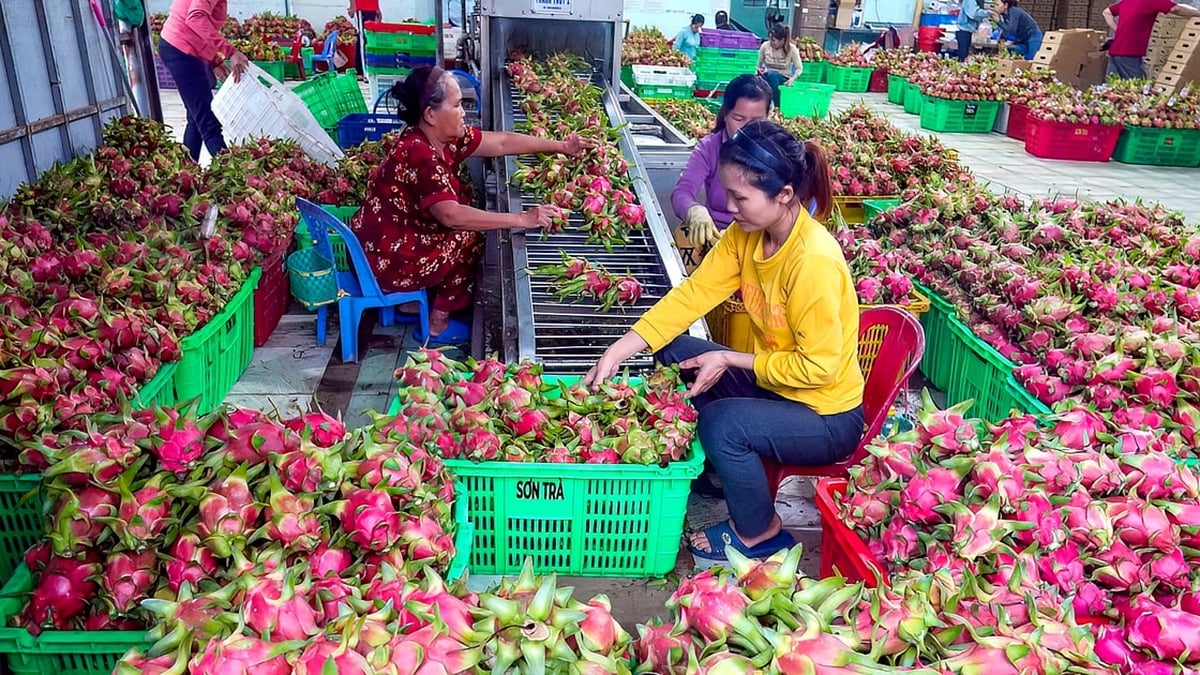














































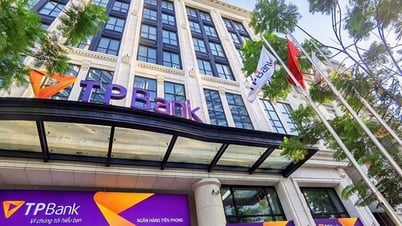

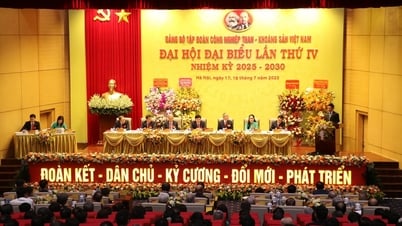
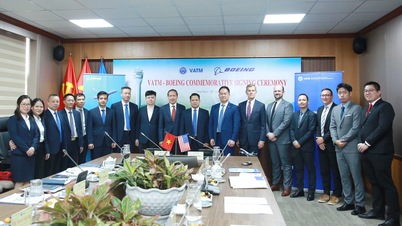



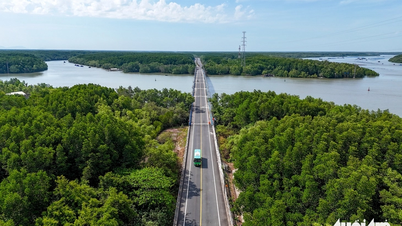
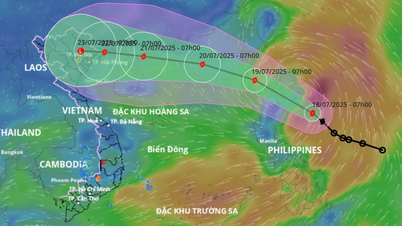



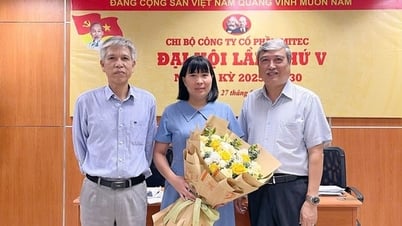


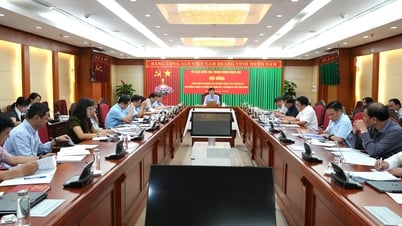



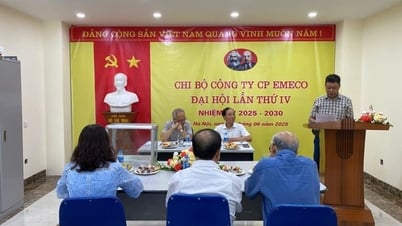
















![[Infographic] In 2025, 47 products will achieve national OCOP](https://vphoto.vietnam.vn/thumb/402x226/vietnam/resource/IMAGE/2025/7/16/5d672398b0744db3ab920e05db8e5b7d)





Comment (0)